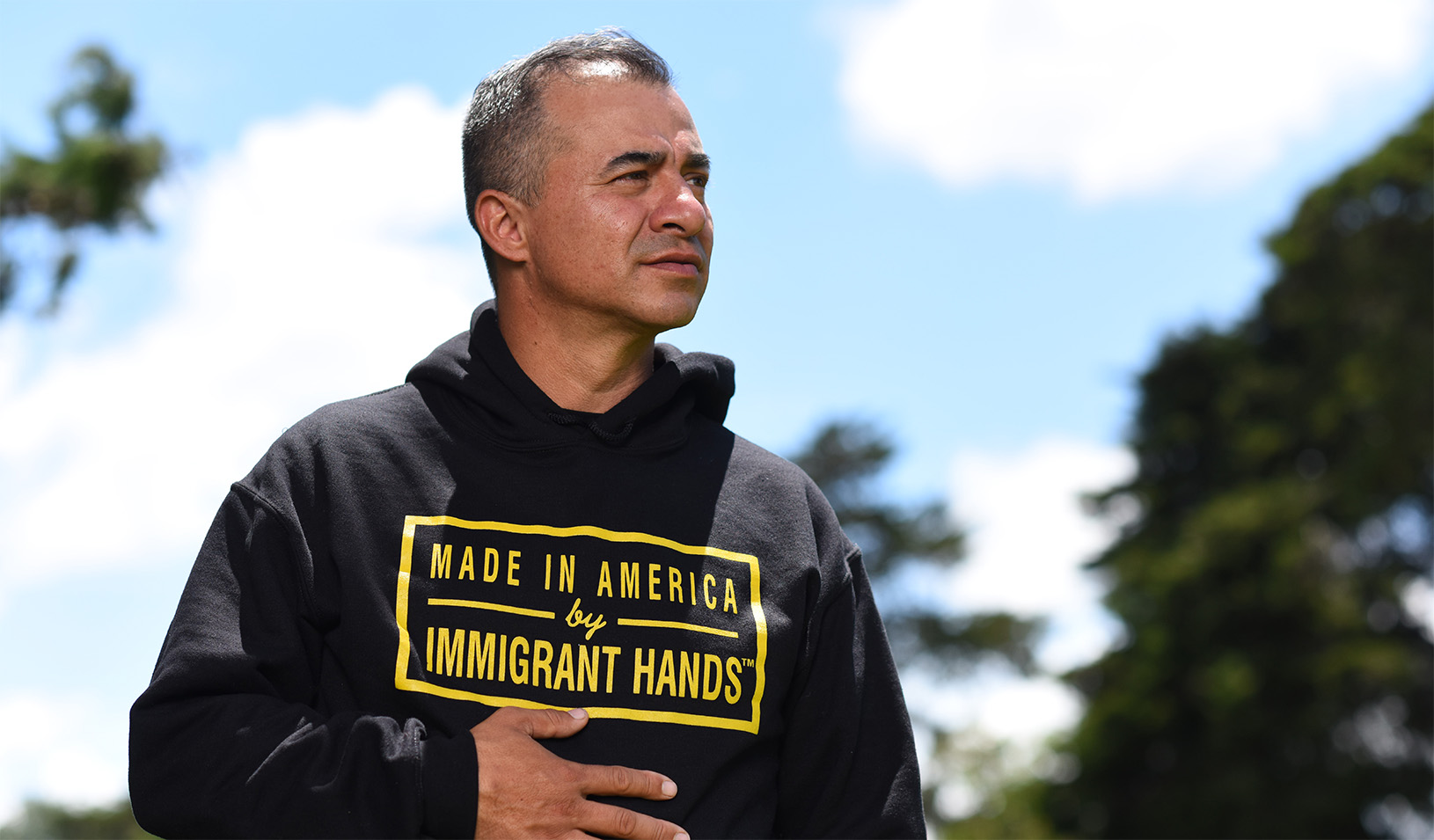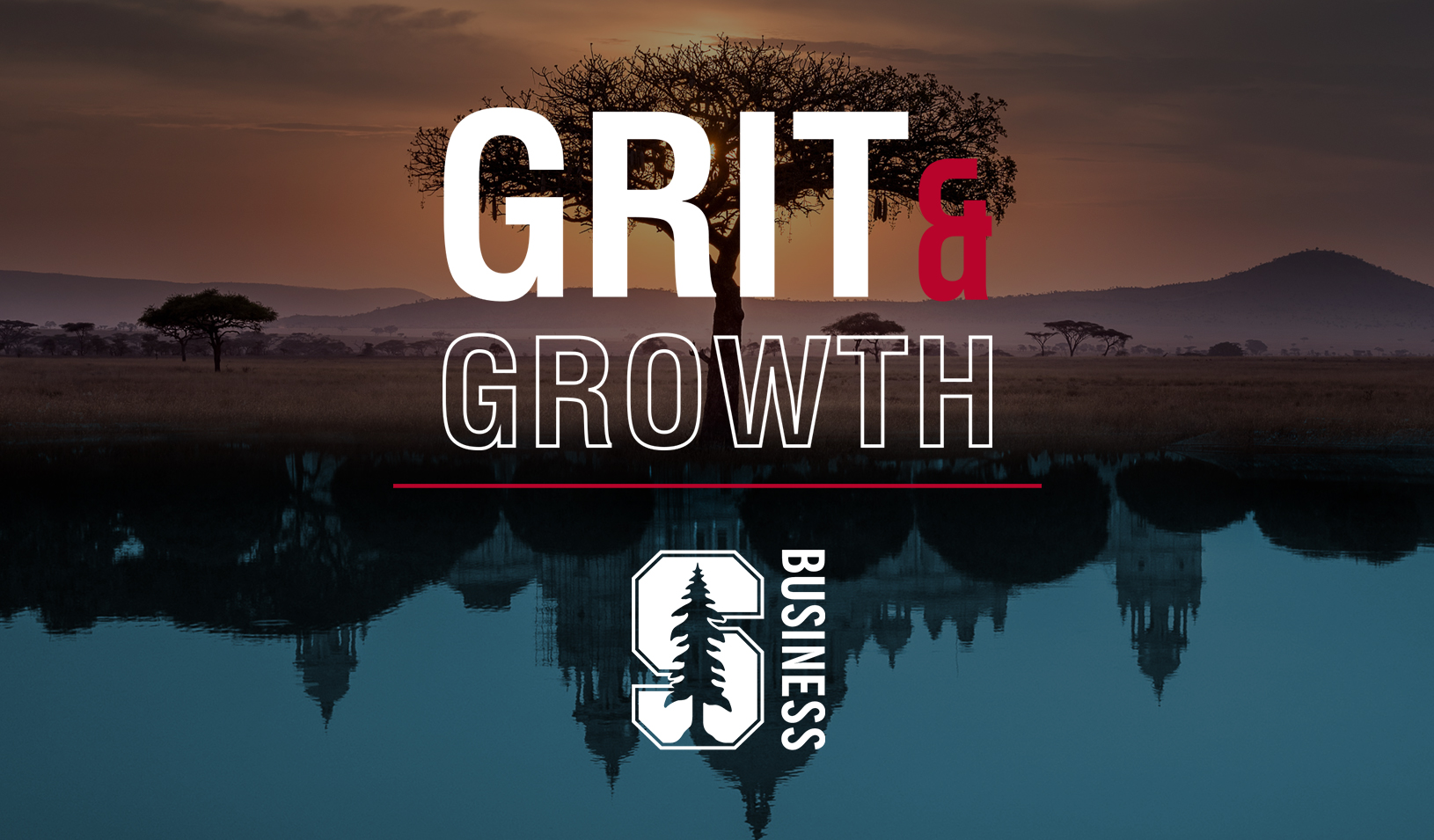Insights from the Great Recession and what they mean for entrepreneurs during COVID-19. | Illustration by Michal Bednarski
The COVID-19 pandemic has caused a special type of heartbreak for entrepreneurs looking to start new businesses. In addition to dealing with the many health and social issues brought on by the virus, they have faced the abrupt collapse of a near-perfect set of conditions for startups: a robust economy, eager investors, and unprecedented levels of venture funding.
The National Venture Capital Association warns that even though the investment community entered 2020 with a record $120 billion in capital available for startups, it won’t be nearly enough to offset the negative impact of the financial crisis as VCs redirect their investments away from high-risk, illiquid upstarts.
You can find hope, though, by combing through history, says Jim Ellis, a Stanford Graduate School of Business lecturer who received his MBA from the school in 1993. Many of the world’s most innovative and notable companies were born during downturns, Ellis noted during a panel discussion in late April that studied how such founders and investors weathered the 2008-2009 financial crisis. Three Stanford GSB alumni joined Ellis to discuss how they navigated their operations through the Great Recession: Patricia Nakache of Trinity Ventures (MBA ’91), Skybox Imaging founder John Fenwick (MBA ’09), and William Shaw (MS ’08), who founded the Colombian airline VivaColombia.
Dozens of students and recent graduates attended the online Q&A session, where Ellis and his guests offered practical advice on how to find funding and keep a young business afloat during a global pandemic.
Be a Painkiller, Not a Vitamin
During the crisis, VCs are likely to be more focused on supporting existing portfolio companies, while nontraditional investors, who helped to fuel the gangbuster growth of the startup sector over the past few years, are pulling back. Even so, some investors are still looking to fund the next big thing, and startups looking for money must cut through the noise, Nakache said.
“We did not stop investing in 2008–2009 partly because we learned our lesson from the dotcom bubble [of 2000], when we slowed our investing to a trickle, with just two or three investments a year,” she said. “When we looked back at 2000, we felt like we missed out.”
A decade ago, when money was tight, the companies that caught her eye were those that were very early stage and “focused on a value proposition that was a painkiller and not a vitamin,” she said. As an example, she pointed to Trinity’s 2009 seed investment of $1.25 million in ThredUp, whose mission was to attract a new generation of consumers to secondhand clothing. In creating a marketplace for gently used clothing during a recession, ThredUp allowed sellers to monetize their closets while creating value for consumers looking for a deal.
Today, ThredUp has more than a thousand employees and sells more than 1 million items of clothing every month, said Nakache. “That team is battle-hardened. They’ve been through the wringer so many times that they are navigating today’s crisis without a glitch,” she said. That means being extremely capital efficient, a lesson ThredUp learned when it received its seed round. Operating on a smaller pile of cash requires strict planning and discipline, which helps founders stay hyper-focused on meeting milestones, said Nakache.
Seek Those Who Get You
As an entrepreneur looking for funding, it’s always important to research the VC landscape and identify firms that seem like a good match based on their investing history and how much they typically spend in different rounds. But the rule applies even more during a financial crisis.
“In a prolonged investing bull market, investors start dabbling in areas outside their comfort zone,” said Nakache. “But now? You see people revert to areas where they’ve been successful in the past or where they feel they’re domain experts. You also see them invest in domains that are relevant to the times.”
Obvious funding targets today will be companies authentically tackling change in biotechnology, public health, and the medical supply industries — think contact tracing and personal protective equipment. For the next big wave of technology growth, Nakache said to look for ideas that address problems that need solving right now. In 2009 it was mobility; today it’s likely to be software and other tech platforms that facilitate remote work and remote consumer services, she said.
Companies working on riskier propositions might have to work harder to unearth contrarian investors, but they do exist. Fenwick, who enrolled at Stanford GSB after a stint in the Air Force, remembered spending months in the spring and summer of 2009 slogging up and down Sand Hill Road pitching Skybox Imaging, which aimed to put satellites in space.
“None of them had heard a story like ours, but we figured it was just like any relationship — it’s all about the fit,” said Fenwick, who had little to no expectation that he would ever get a yes. “We eventually found our A-round investors who had just finished raising their black swan fund. We were their very first investment. Our timing was absolutely impeccable in the story we were trying to tell.”
Harness Free Advice
Money will be hard to come by over the next few quarters, but that doesn’t mean it’s necessarily a bad time to start a company. Many things bode well for startups right now, with everyone working remotely, vast amounts of talented people looking for work, and less competition.
Slogging through rough times could also translate into a good story to tell investors once the economy is back on track. “Doing something from scratch, particularly when your alternative is being unemployed for a little while, seems to me more reasonable,” said Fenwick. “In six months of trying to get our company off the ground, I knew it was likely to fail, but I figured at that point the economy will have recovered and I could resume my job interview roadshow with a really good story to tell about all the lessons that I learned.” He eventually sold Skybox Imaging to Google in 2014.
If you do land a meeting with an investor, don’t expect money right away — and take advantage of any guidance they give. “If somebody says, ‘No, I’m not interested,’ ask why,” said Shaw, who had a marathon search for capital in 2008 for VivaColombia, his low-cost airline based in South America. “If they came up with a pretty good reason, we’d address it in a slide for the very next pitch presentation,” he said. “It took us about 100 presentations to get funded.”
Shaw is now CEO of Interjet, Mexico’s third-largest airline. He also sits on the board of Nigeria’s Green Africa Airways, which is looking to raise its series B round. He advised young companies trying to sustain themselves to make sure they’re taking care of employees and concentrating on payroll. Paying employees 50% of their salary, rather than laying people off, can go a long way for folks who aren’t spending as much during the downturn.
“This is the new normal for the next three to six months,” Shaw said. “As an entrepreneur, you’re going to go through highs and lows in the same day — everything I learned about stretching and bootstrapping is valid today. Remember that this is not a sprint, it’s a marathon.”
For media inquiries, visit the Newsroom.






